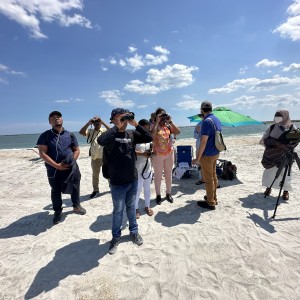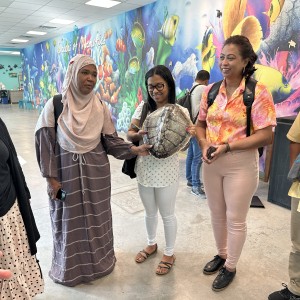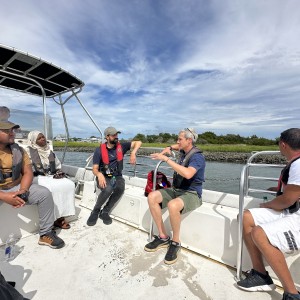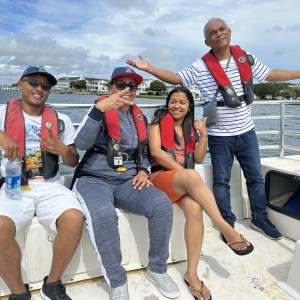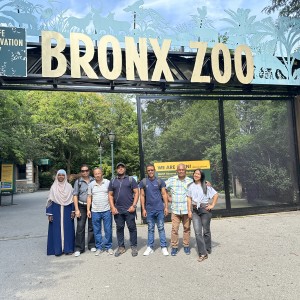Combating Wildlife Trafficking: A Sub-Regional Project for Comoros and Madagascar
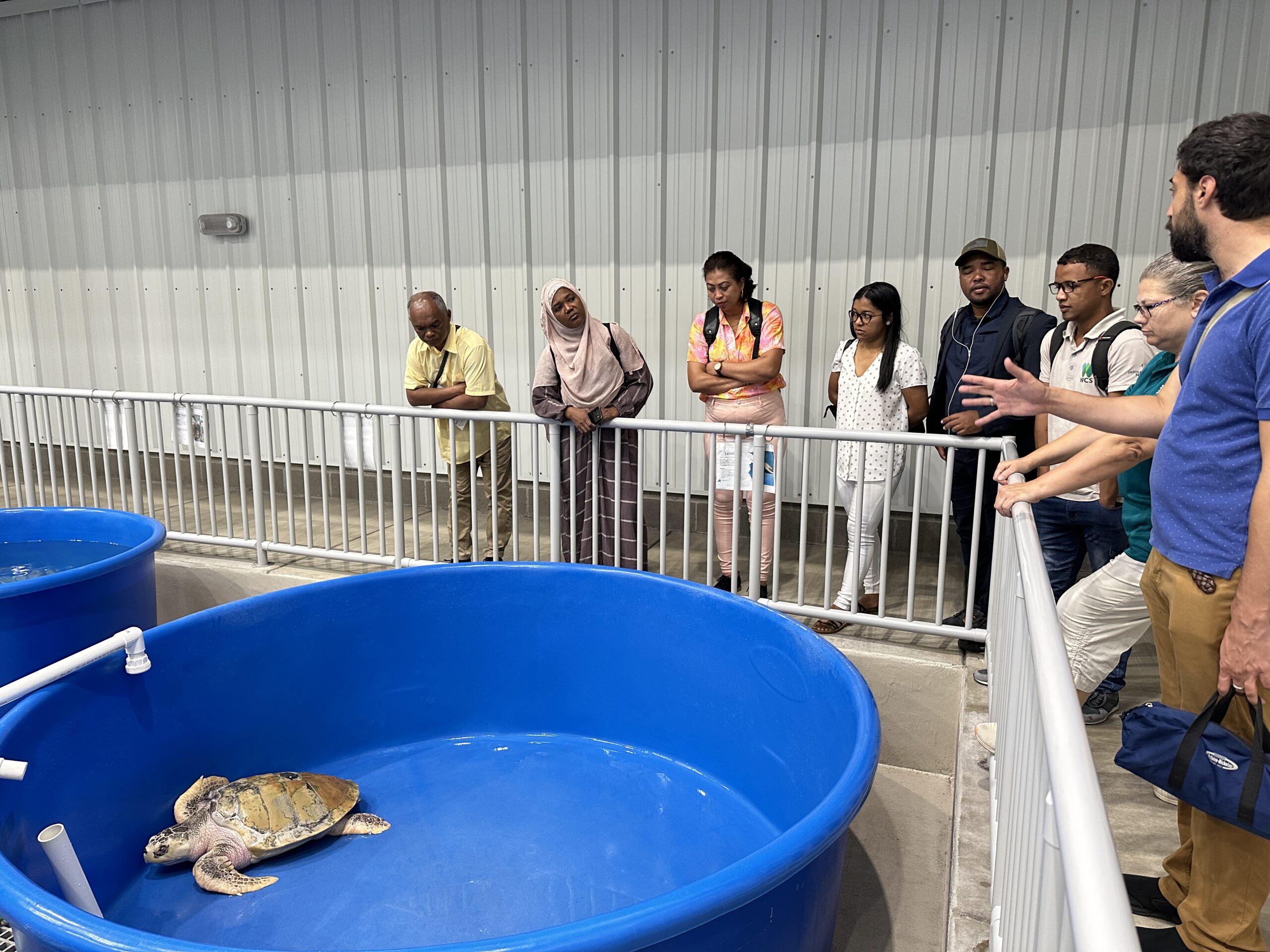
Project Objectives
- Assess U.S. efforts to deter poaching and trafficking of wildlife resources through wildlife protection policies, law enforcement, and criminal prosecution;
- Explore approaches of non-governmental organizations, citizens, and private organizations that promote and support wildlife protection and discourage consumer demand;
- Learn best practices in the collection, storage, tracking, and disposal of confiscated materials.
- Discuss international collaboration at the federal and state levels that combats wildlife poaching and strengthens global cooperation against wildlife trafficking; and
- Examine the harmful impact of international wildlife trafficking on political, economic, environmental, and social stability.
Project Design
Over the course of their 3-week program, visitors made stops in the following destinations, where meetings were focused on specific aspects of larger project themes.
Washington, DC: Initial time in the nation's capital gave the policy context necessary to understand national approaches to wildlife trafficking issues, as well as a robust overview of the NGO sector's work on conservation issues. Meetings with the U.S. Department of State facilitated conversations on how counter-trafficking efforts and conservation are being addressed in the region, while the U.S. Fish and Wildlife Service detailed how they implement international treaties governing the treatment of rare flora and fauna.
New York City, New York: Once in New York, meetings focused on the benefits of a collaborative approach in order to investigate and prosecute wildlife crime domestically and internationally. Representatives from the Manhattan D.A.'s office shared their role in providing overseas training for judges in countries with high levels of wildlife trafficking. University and government perspectives also underscored the importance of partnerships in investigating and prosecuting these crimes, and how this yields more convictions.
Raleigh and Wilmington, North Carolina: Time in North Carolina focused on the technical aspects of wildlife protection and conservation. Visitors met with NOAA's Southeast Fisheries and Science Center who detailed their data collection process to monitor species' population levels, and how these inform harvest policies and catch limits. Another visit to a turtle rehabilitation center provided a well-rounded view of their operation, including the medical support given to turtles, but also funding and community engagement initiatives.
Ashland and Portland, Oregon: Closing their program on the West Coast, visitors enjoyed a meeting with the U.S. Fish and Wildlife Service's Forensics Lab: the world's only forensics lab devoted solely to wildlife and wildlife crime. Their time here gave greater insight into coordination efforts among the 50 states in combating wildlife trafficking, and the labs centrality to the Convention on International Trade in Endangered Species of Wild Fauna and Flora.
Impact
Key Takeaways
To many visitors, the role of data in conservation was a key theme of the program.
They remarked that, "we saw repeatedly the importance of data and technology, Madagascar does not often maintain these databases of information, so it is difficult to make policies. We need to copy the cooperation demonstrated between researchers, NGOs, and government.”
Another continued, sharing that, "the technology and research was impressive, and left us with the lesson that you have to know what is out there in order to protect it. It is not enough to just have laws protecting species, you have to understand and monitor the animal population.”
Next Steps
As participants return home, many aim to implement ideas and best practices learned from their IVLP experience, including:
- Creating a formal partnership with an American criminal justice college to promote future trainings, research, and funding opportunities.
- Increasing educational and volunteer opportunities for youth to increase community interest in wildlife protection.
- Incorporating an environmental justice narrative into wildlife communications.
- Fostering a partnership with the National Aquarium to restore the Comoros' reef habitats.
Project summary
| Combating Wildlife Trafficking: A Sub-Regional Project for Comoros and Madagascar | |
|---|---|
| Number of Visitors: | 7 |
| Regions: | Africa |
| Countries: | Comoros, Madagascar |
| Impact Areas: | Energy and the Environment |
| Program Areas: | Global Leadership |
